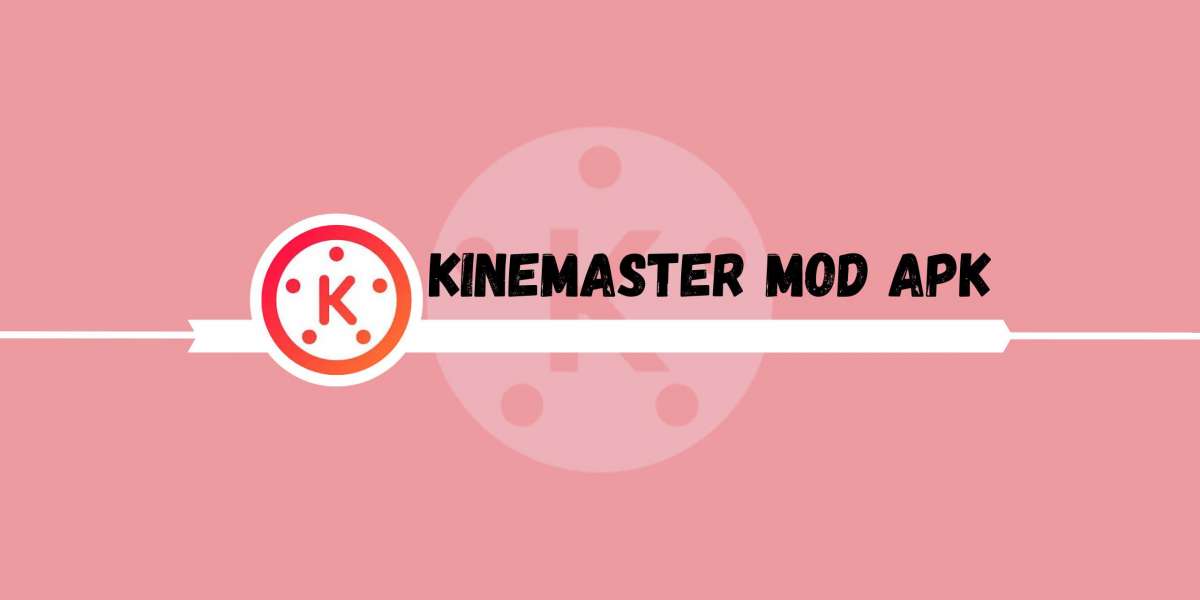Menstrual cramps, medically known as dysmenorrhea, affect many individuals during their menstrual cycles, causing discomfort and sometimes severe pain. While pain relief medication offers quick relief, there are various natural remedies and lifestyle changes that can effectively alleviate menstrual cramps. This article explores proven methods and remedies to manage menstrual cramps, highlighting both conventional and alternative approaches to pain relief.
Understanding Menstrual Cramps
Menstrual cramps are caused by uterine contractions triggered by prostaglandins, hormone-like substances that cause the uterus to contract and shed its lining during menstruation. The intensity of cramps varies from mild to severe and can be accompanied by symptoms such as lower back pain, nausea, headaches, and fatigue.
Conventional Pain Relief Medication
Nonsteroidal Anti-Inflammatory Drugs (NSAIDs):
NSAIDs like Ibuprofen (Advil, Motrin) and Naproxen (Aleve) are commonly used to alleviate menstrual cramps. They work by reducing the production of prostaglandins, thereby decreasing uterine contractions and relieving pain.
Acetaminophen:
Acetaminophen (Tylenol) is another option for pain relief from menstrual cramps. It works by blocking pain signals in the brain and can be used as an alternative for individuals who cannot take NSAIDs due to medical reasons.
Natural Remedies for Menstrual Cramp Relief
- Heat Therapy:
- Heating Pads: Applying a heating pad or heat pack to the lower abdomen can help relax muscles and ease menstrual cramp pain. Heat improves blood flow to the area, reducing cramp severity and providing comfort.
Herbal Teas:
- Chamomile Tea: Known for its calming properties, it can help relax uterine muscles and reduce inflammation, relieving menstrual cramps.
- Ginger Tea: Ginger has anti-inflammatory properties that can help alleviate pain and reduce the severity of menstrual cramps. Drinking ginger tea regularly during menstruation may provide natural relief.
Essential Oils:
- Lavender Oil: Diluted lavender oil applied topically or added to a warm bath can help relax muscles and reduce menstrual cramp pain. Its soothing aroma also promotes relaxation and reduces stress.
- Clary Sage Oil: Clary sage oil has antispasmodic properties that can help relieve muscle tension and cramping associated with menstruation. Use caution and dilute appropriately before applying to the skin.
Dietary Adjustments:
- Omega-3 Fatty Acids: Foods rich in omega-3 fatty acids, such as salmon, flaxseeds, and walnuts, have anti-inflammatory effects that may help reduce prostaglandin production and alleviate menstrual cramps.
- Magnesium-Rich Foods: Incorporating magnesium-rich foods like leafy greens, nuts, and whole grains into your diet can help relax muscles and reduce the severity of menstrual cramps.
Lifestyle Changes for Managing Menstrual Cramps
- Regular Exercise:
- Regular physical activity like walking, swimming, or yoga can help improve circulation, reduce stress, and alleviate menstrual cramps. Exercise promotes the release of endorphins, natural pain relievers that can ease cramping.
- Stress Management:
- Practicing relaxation techniques, such as deep breathing, meditation, or mindfulness, can reduce stress levels and minimize the intensity of menstrual cramps. Stress exacerbates pain perception, so managing stress is crucial for pain relief.
- Hydration:
- Drinking plenty of water and staying hydrated throughout the menstrual cycle can help prevent bloating and reduce the severity of cramps. Hydration supports overall health and may alleviate discomfort associated with menstruation.
Alternative Therapies for Menstrual Cramp Relief
- Acupuncture:
- Acupuncture involves the insertion of thin needles into specific points on the body to restore balance and alleviate pain. It has been shown to reduce the severity of menstrual cramps and improve overall well-being.
- Transcutaneous Electrical Nerve Stimulation (TENS):
- TENS units deliver mild electrical impulses to nerve fibres, disrupting pain signals and promoting the release of endorphins. A TENS unit on the lower abdomen or lower back can relieve menstrual cramps.
Managing Menstrual Cramps Effectively
- Combination Therapy:
- Integrated Approach: Combining pain relief medication with natural remedies and lifestyle adjustments can optimize pain management during menstruation. This holistic approach addresses pain from multiple angles and allows personalized treatment based on individual preferences and needs.
- Personalized Care:
- Consultation with Healthcare Providers: Discussing menstrual cramp symptoms with a healthcare provider can help tailor treatment recommendations to address specific concerns and optimize pain relief. Healthcare providers can guide the safe use of pain relief medication and complementary therapies.
Conclusion
Managing menstrual cramps involves exploring a range of remedies and approaches to find what works best for each individual. While pain relief medication offers immediate relief, natural remedies, lifestyle changes, and alternative therapies provide additional options for alleviating menstrual cramp pain. By incorporating these remedies into a comprehensive management plan, individuals can effectively reduce pain severity, improve comfort, and enhance overall quality of life during menstruation. Empower yourself with knowledge and experimentation to discover the most practical remedies for managing menstrual cramps and promoting menstrual health.







